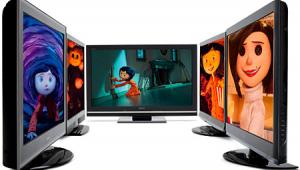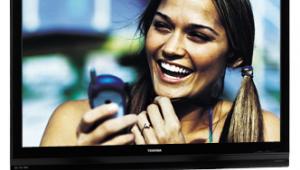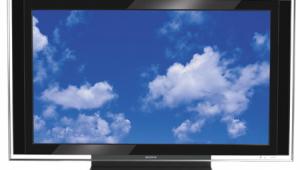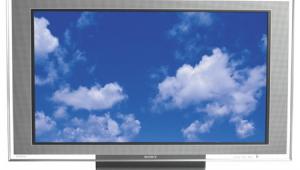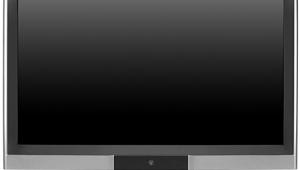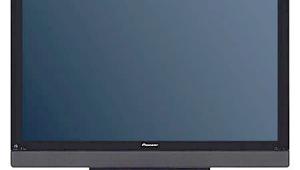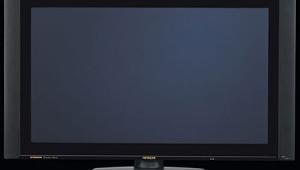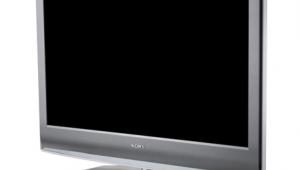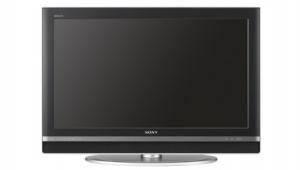Exactinside's VMware 2V0-21.23 questions and answers are meticulously crafted to provide comprehensive preparation for the VMware Certified Professional - Data Center Virtualization 2021 (VCP-DCV 2021) exam. With a focus on accuracy and relevance, these resources cover all key topics and objectives outlined in the exam blueprint.
The questions are designed to simulate the format and difficulty level of the actual exam, offering candidates an opportunity to familiarize themselves with the types of questions they may encounter on test day. They encompass a variety of question types, including multiple choice, scenario-based, and interactive items, ensuring thorough coverage of the exam content.
The 2008 HDTV Technology Face Off What Do You Think?
Although LCD has improved substantially, the dispersion bugaboo still plagues that technology. The Sharp set had bizarre off-axis picture quality that rendered it all but useless for family viewing. However, I preferred its on-axis color quality to all the other sets in this test. The Face Off also showed that rear-projection sets are, at this point, on life support. While the big Sony does offer the best inches-per-dollar quotient, when you factor in a $300-or-so bulb replacement every couple of years, it isn't too long before that cost advantage disappears. But there was no doubt about it—plasma is king. Of the standalone sets, anyway, as front projection wasn't in this Face Off. The price/ performance equation definitely favors plasma over LCD.—David Birch-Jones
It seems like the Face Offs get more interesting each year. With different technologies represented this year, to me it gave more beneficial results. If I'm looking to buy a television, I'm far more interested in how the picture looks and not necessarily in the technology that creates the picture. But the strengths and weaknesses of the technologies were in full view. Deep blacks and a viewing angle that allows more than one viewer to watch are big sellers for me, which explains why I was drawn to both the Pioneer and the Panasonic. Go with either, and you'll be happy.—John Higgins
You know it's scary when I agree with John Higgins; however, this is definitely the most interesting Face Off we've ever done. Comparing these technologies side by side was a real eyeopener. Pirates of the Caribbean in HD on Blu-ray was an excellent demo-material choice, as it showed huge differences between the sets. The golden sunsets, the blue of the ocean, red in the coats, moss on the steps, and the natural blush of skintones all looked different when display technologies were compared side by side. I kept going back and forth between the two plasmas: Pioneer and Panasonic. I knew they both looked the most natural and pleasing to me, with excellent blacks as well. I couldn't decide which I preferred. Eventually, I chose the Panasonic, with the Pioneer a too-close-to-call second. Really, you will have to compare various technologies for yourself and take into account the importance of screen size versus your budget and room restrictions, as well as your own personal needs.—Maureen Jenson
My first thought on pulling into the Home Theater studio was, "Cool! This looks just like an Arby's!" When a man in a funny hat offered me cheesecake poppers, I realized I was at an Arby's and had overshot the studio by several miles. After I finished my poppers, I made my way to the Face Off. The first round, using a standard DVD, was a cakewalk. The differences among the TVs was quite pronounced. Even a man who had just eaten three orders of cheesecake poppers would have no trouble ranking them. But with the HD content, things got a lot harder. All (except one) of the TVs were watchable, but the top three or four were outstanding. The HD formats are getting very, very good. (Cheesecake poppers, not so much.)—Michael J. Nelson
Before the reveal, I kept thinking that if my first clear choice was not a Pioneer, then whatever it is, we need to review it ASAP at Ultimate AV. As it turned out—no surprise—it was a Pioneer. Apart from great color and good detail, its black level was too rich and deep for it to be anything else. The Panasonic's blacks were also very good. But in the darkened test room, the black bars on letterboxed discs didn't melt into its black frame as completely—and nearly invisibly—as on the Pioneer. The two displays were close in other respects, despite the Panasonic's advantage in specified resolution. The 768p Pioneer didn't have quite the "wow" factor that I see in Pioneer's 1080p PDP-6010FD. But if you didn't know the test set was 768p and not 1080p, you would never guess. And no one on the panel did.—Tom Norton
- Log in or register to post comments

